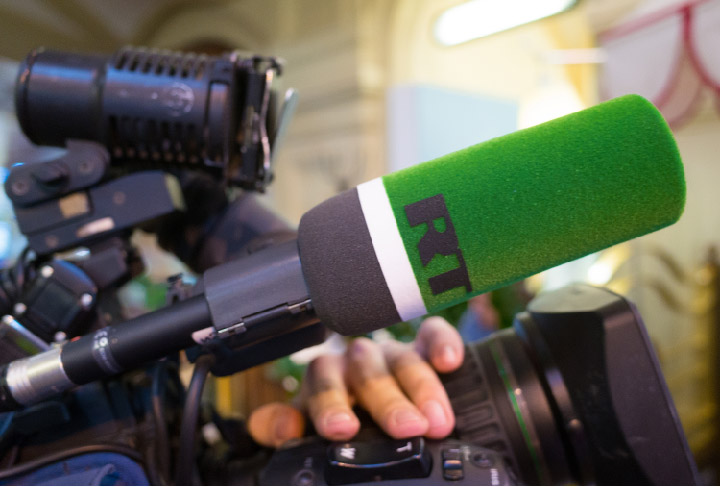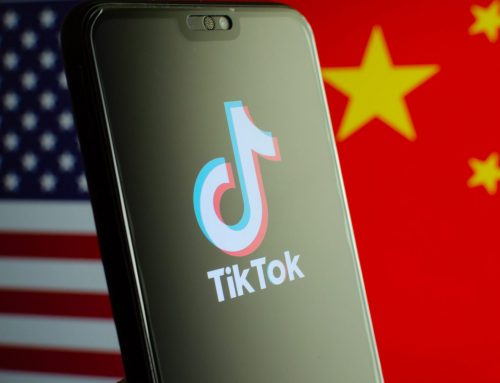While the weekend’s protests against the detention of Russian opposition figure Alexey Navalny upon his return to Russia fell outside of the week monitored, his arrest was accompanied by official statements characterizing Navalny as a criminal, criticizing Western support for him as a distraction from domestic problems, and continuing to cast doubt on the circumstances surrounding his poisoning. RT did publish two videos on its YouTube channel of police violence at pro-Navalny protests (as is customary, one highlighted the fact that the protests were “unsanctioned”), but roughly 80 percent of RT and RT America videos last week focused on protests outside of Russia, including those in Portland, Paris, and the Netherlands. Russia’s coronavirus vaccine coverage also continued its pattern of highlighting logistical problems affecting Western coronavirus vaccines and reports of adverse reactions to or infections following vaccinations with Western vaccines. Meanwhile, state media and diplomats touted Russia’s consumer watchdog Rospotrebnadzor’s announcement that a second Russian vaccine known as EpiVacCorona has 100 percent efficacy, as well as global shipments and purchases of Sputnik V.
On the China dashboard, accounts monitored by Hamilton reacted strongly to Twitter’s decision to block the Chinese embassy in the United States from its platform (following an earlier tweet complimenting China’s repression of its Uyghur minority), though official Chinese protestations were a bit more circumspect, suggesting, perhaps, Chinese authorities’ apprehension at the idea of being kicked off the platform entirely. While the generally positive tone of diplomatic and state media coverage of President Joe Biden’s inauguration last week suggests cautious optimism about U.S.-China relations under the new administration, an undercurrent in their reporting was that the heavy military presence in Washington and threats of widespread violence were representative of the clear decline of the U.S. system. And if there were doubts about whether a new administration would signal a shift in China’s abrasive “wolf warrior diplomacy,” those doubts were put to rest by a none-too-subtle CGTN video titled “America, mind your own business.” In addition, Chinese diplomats again surfaced bogus claims about the origins of the coronavirus, suggested the United States was the real perpetrator of genocide (in response to the Trump administration’s labelling of China’s repression of Uyghurs as a genocide), and hammered Trump administration officials on their way out the door.
On Iranian Twitter, Ayatollah Khamenei went on a tear last week, sending out nine of the ten most engaged-with tweets of any Tehran-linked account. In a significant development, Twitter suspended @khamenei_site, which many journalists initially reported as Twitter shutting down the Supreme Leader’s English-language account. This was later corrected to suggest that the account was not regime-controlled and was in fact suspended for being a fake account. Oddly, however, that account was retweeted more than 80 times over the past year by other official Iranian accounts, including by the Supreme Leader himself. In another indication that the Supreme Leader may have been covering his tracks to avoid a Twitter ban, many of his more provocative tweets last week—especially those referencing revenge for the assassination of Qasem Soleimani—were deleted from his various accounts. Finally, Iranian media and diplomats, led by Foreign Minister Javad Zarif, blasted the E3 (the U.K., France, and Germany) suggestion of renegotiating the JCPOA and condemning Iranian enrichment of uranium to 20 percent. Curiously, several of these tweets appear to have disappeared, as well. Zarif, like his Chinese counterparts, also had several parting shots for former Secretary of State Mike Pompeo as his tenure drew to a close.
The views expressed in GMF publications and commentary are the views of the author alone.








